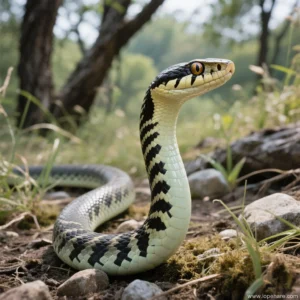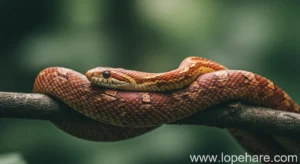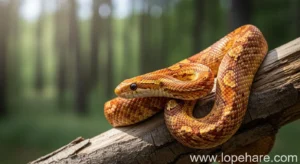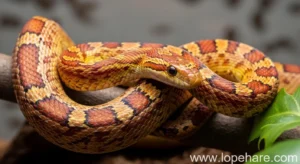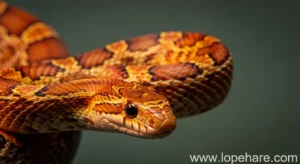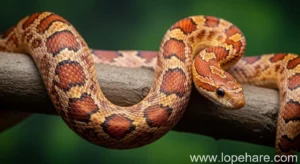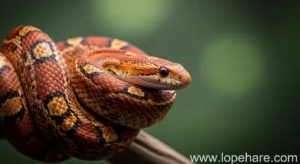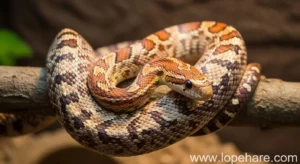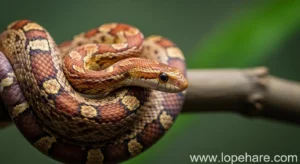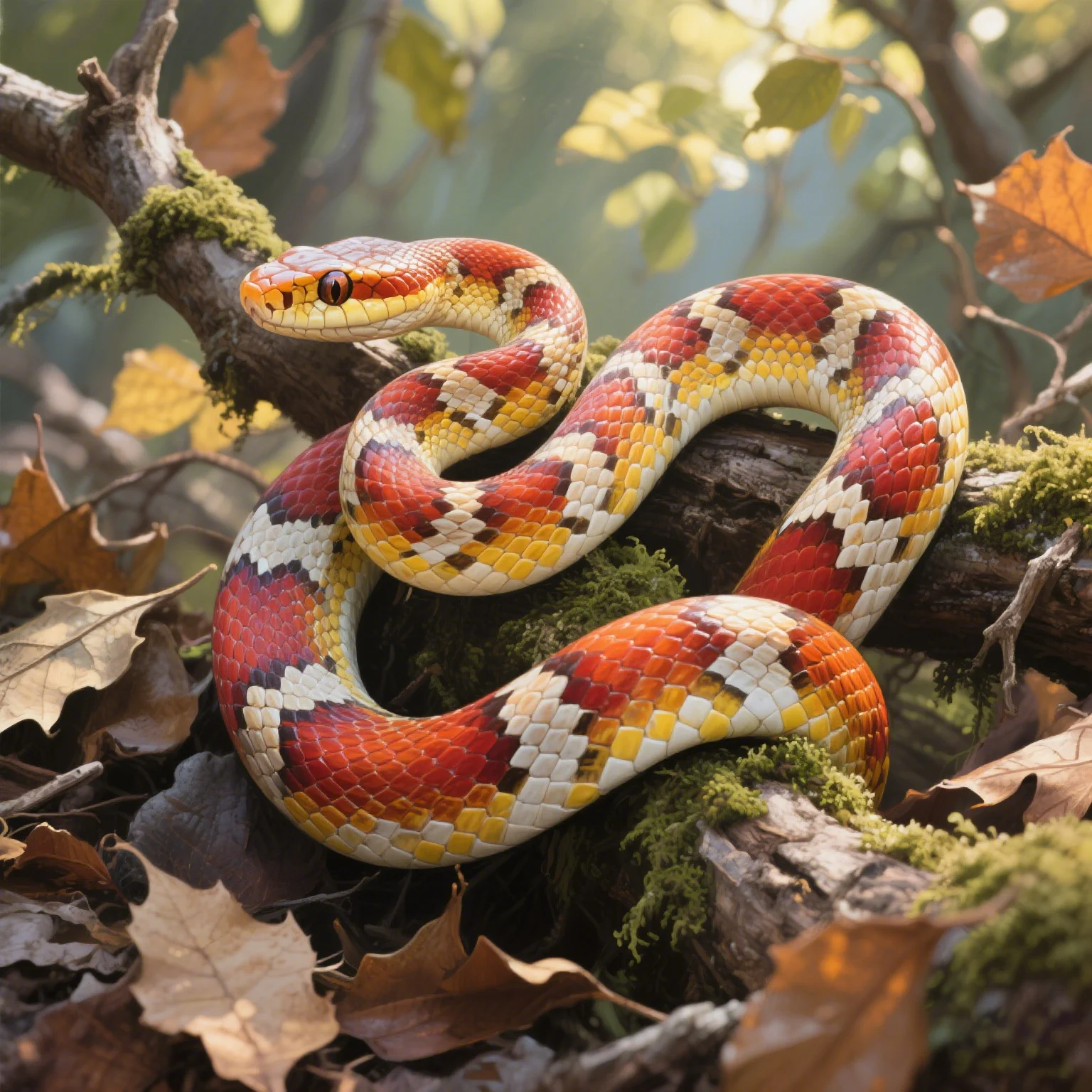
Reptile Genetics
Corn Snake Genetics: Understanding Color Morphs
Welcome to the captivating world of corn snake genetics! Here at lopehare.com, we understand the allure of these fascinating reptiles, and few things capture the imagination of keepers quite like the incredible diversity of color and pattern morphs available. It might seem overwhelming at first, with names like “Amel,” “Anery,” “Motley,” and “Striped,” but at its core, it’s all about understanding basic genetics. Delving into corn snake genetics not only allows you to appreciate the beauty of these variations but also provides a deeper understanding of the animals themselves, which is essential for responsible snake pet care.
Basic Genetic Concepts
Before we dive into specific morphs, let’s touch on a few fundamental terms:
- Gene: A segment of DNA that codes for a specific trait, like color or pattern.
- Allele: A specific version of a gene. For example, the gene for color might have an allele for normal color and an allele for albino.
- Locus: The specific location of a gene on a chromosome.
- Homozygous: Having two identical alleles for a gene (e.g., two ‘albino’ alleles).
- Heterozygous (Het): Having two different alleles for a gene (e.g., one ‘normal’ allele and one ‘albino’ allele). If a trait is recessive, a heterozygous animal “carries” the gene but doesn’t show the trait physically.
- Phenotype: The physical appearance of an animal (what you see – the morph).
- Genotype: The genetic makeup of an animal (which alleles it carries, even if not visible).
Corn snakes (Pantherophis guttatus) are particularly popular in the reptile hobby due to the large number of readily available and well-understood genetic mutations that affect their appearance. This makes them excellent subjects for understanding reptile genetics.
Understanding Key Color Pigments
The base colors and patterns of a “normal” or “wild-type” corn snake are determined by different types of pigment cells, called chromatophores. The main ones are:
- Erythrin: Red/Orange pigment.
- Xanthin: Yellow pigment.
- Melanin: Black/Brown pigment.
Morphs are typically the result of genetic mutations that alter the production, distribution, or type of these pigments. Some mutations eliminate a pigment entirely, while others change its intensity or where it appears.
Common Genetic Mutations (Genes)
Most common morphs result from simple recessive mutations. Here are some of the foundational genes:
Amelanism (Albino)
Amelanism is the absence of black/brown pigment (melanin). Amelanistic corn snakes have red, orange, and yellow pigments, but no black. This results in red, orange, or pink saddles with white or yellow backgrounds. Their eyes are typically red or pink. This is a simple recessive trait. An animal must inherit two copies of the amelanistic allele (one from each parent) to be amelanistic.
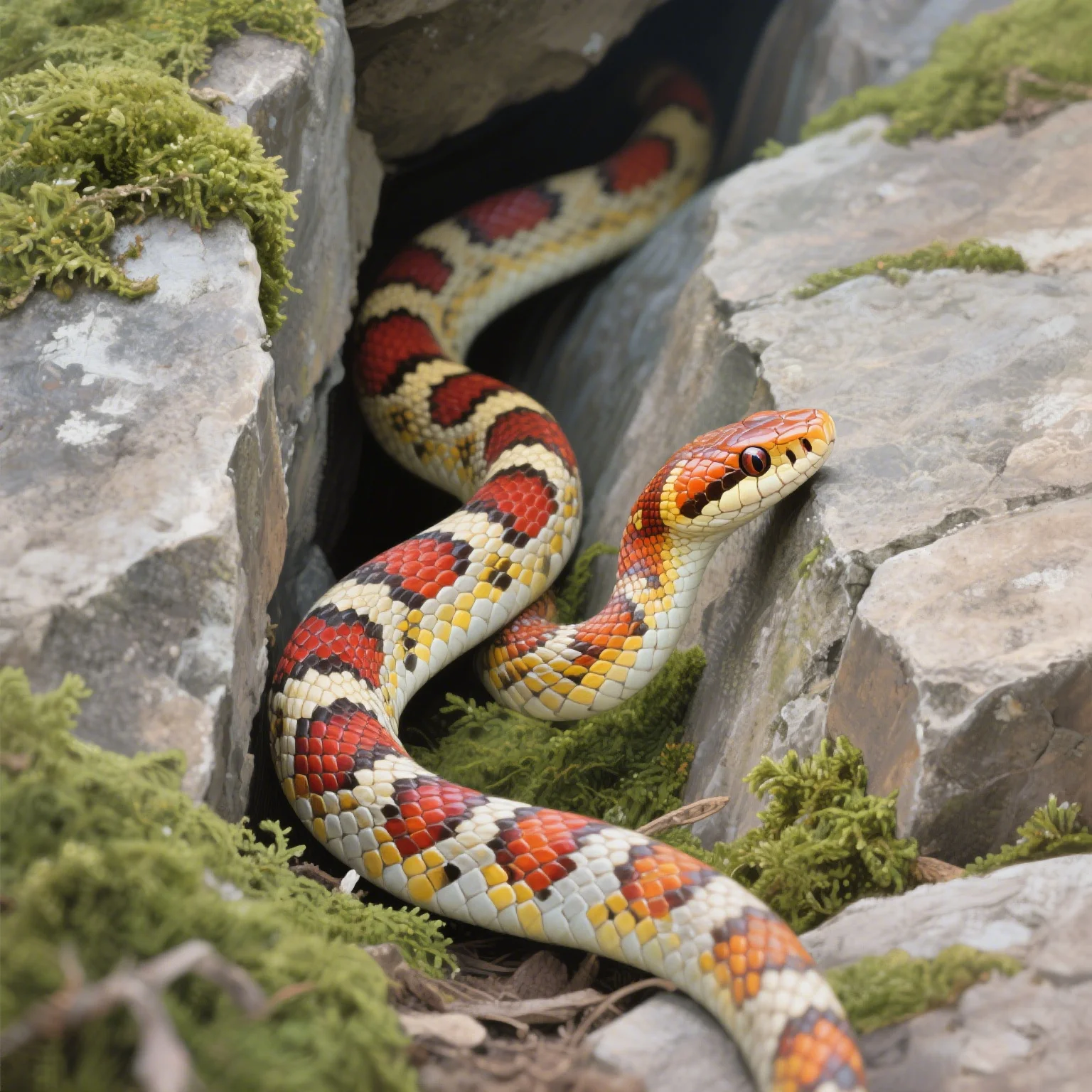
Anerythrism
Anerythrism is the absence of red/orange pigment (erythrin). Anerythristic corn snakes have yellow and black/brown pigments. This leads to shades of grey, black, and brown, often with yellow undertones. Their eyes are typically black or dark grey. This is also a simple recessive trait.
Hypomelanism (Hypo)
Hypomelanism is a reduction, but not complete absence, of black/brown pigment. Hypo corn snakes have less dark pigment than normals, resulting in brighter reds and oranges and often lighter borders around their saddles. They still have dark pigment in their eyes. Hypo is a recessive trait.
Diffusism (Diffused)
Diffusism is a pattern mutation that causes the saddle pattern to “bleed” or spread onto the sides, often eliminating the belly checkers (the black and white squares usually found on the underside). This can make the snake appear more uniformly colored, particularly along the flanks. The extreme expression is often called “Bloodred.” Diffused is a recessive trait.
Caramel
Caramel is a recessive mutation that alters the yellow pigment, making it a more golden or brownish-yellow color. It affects how the xanthin is expressed.
Bloodred
The Bloodred morph is essentially a heavily selected line expressing the Diffusism gene, often combined with Hypomelanism, to maximize the red color and eliminate the belly checkers. While derived from the Diffused mutation, “Bloodred” often refers to the phenotype resulting from specific line-breeding efforts focusing on intense red color and pattern diffusion.
Understanding the Basics: Many common morphs are simply combinations of these basic mutations. For example, an ‘Okeetee’ is a line-bred normal corn snake selected for very thick black borders around its red saddles. An ‘Snow’ morph is an Amel + Anery. A ‘Ghost’ morph is an Anery + Hypo. A ‘Candycane’ is typically a very high-contrast Amel.
Understanding Inheritance Patterns
Genetic mutations in corn snakes primarily follow these patterns:
Simple Recessive
This is the most common type. The animal must be homozygous for the mutated allele to display the trait. If it only has one copy (heterozygous), it is a “het” for that trait and looks normal but can pass the allele to its offspring. Examples: Amelanistic, Anerythristic, Hypomelanistic, Diffused, Caramel.
Punnett squares are often used to predict the outcome of breeding based on parental genotypes. For instance, breeding two animals that are heterozygous (‘het’) for Amelanism (Aa x Aa) would statistically result in 25% normal (AA), 50% het Amel (Aa), and 25% Amelanistic (aa) offspring.
Dominant and Codominant
These are less common for *color* mutations in corn snakes compared to pattern mutations like Motley or Striped. A dominant allele expresses itself even when only one copy is present (heterozygous). Codominance means both alleles are expressed in the phenotype (like blood types in humans). Pattern mutations like Motley and Striped are often described as incomplete dominant, as the heterozygous form is distinct from both the homozygous normal and the homozygous mutant form.
Incomplete Dominant
In incomplete dominance, the heterozygous form shows a phenotype that is intermediate between the two homozygous forms. For example, the Motley gene (M) shows a distinct pattern when heterozygous (Mm). When homozygous (MM), it creates a different, often more extreme pattern called “Striped”. A normal corn snake is homozygous recessive (mm).
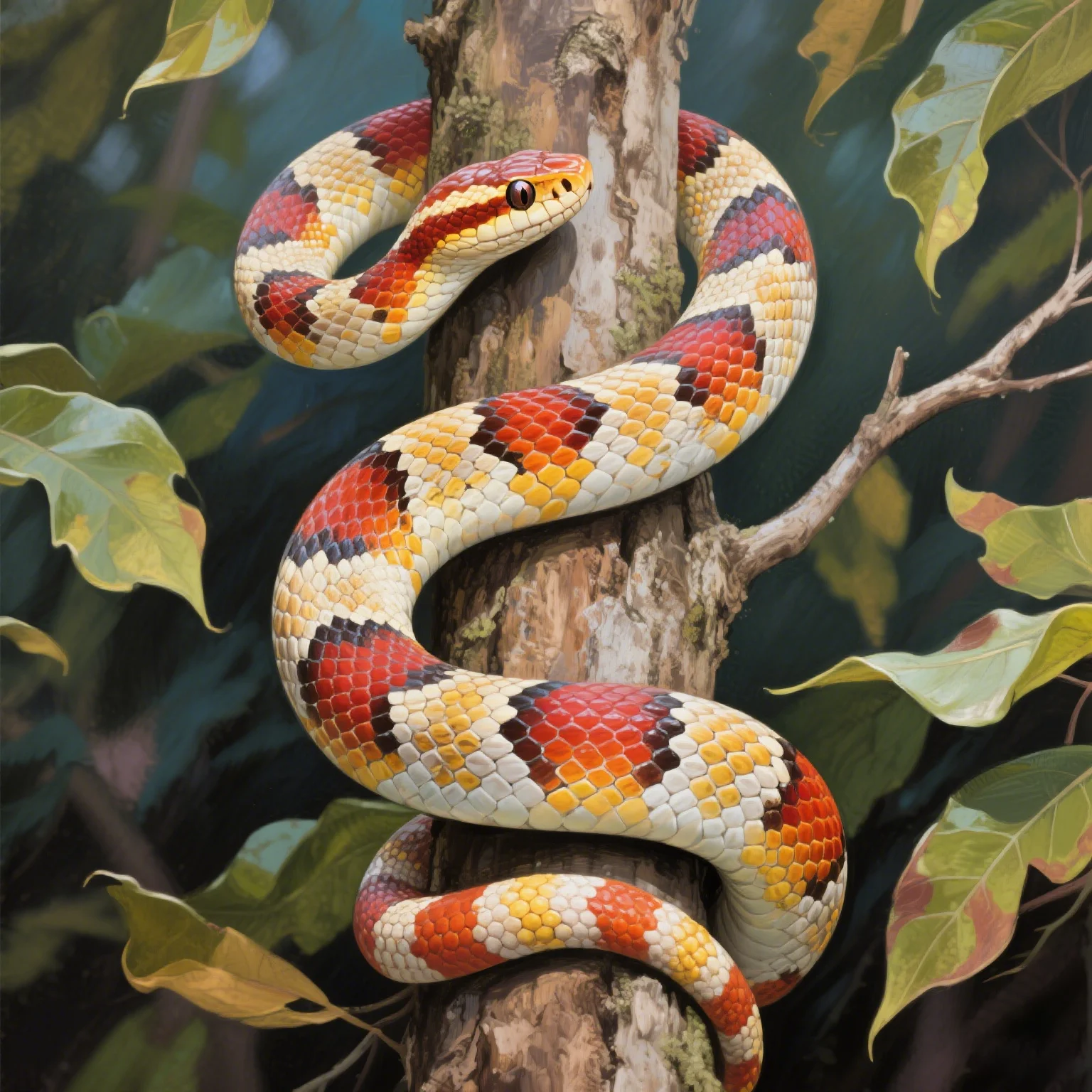
Creating “Designer” Morphs
The vast array of corn snake morphs available today comes from combining these simple genetic mutations. By breeding snakes with different recessive genes (or incomplete dominant ones), breeders can create animals that express multiple traits simultaneously.
For example:
- Anery + Amel = Snow
- Anery + Hypo = Ghost
- Amel + Hypo = Sunkissed (a specific line-bred result, but demonstrates combined effects)
- Amel + Diffused = Lava (often looks like a bright red diffused snake)
- Amel + Anery + Hypo = Platinum (a type of Snow + Hypo)
The potential combinations are immense, leading to thousands of recognized and emerging morphs. This deep understanding of corn snake genetics is crucial for breeders aiming to produce specific morphs.
Complexity Increases: While the basic genes are simple, combining multiple genes (especially pattern genes) can lead to complex interactions and sometimes unexpected results. Researching specific morph combinations before breeding is vital.
Genetics and Responsible Ownership
As editors at lopehare.com, we emphasize that understanding genetics isn’t just for breeders. For pet owners, knowing your snake’s morph can sometimes provide clues about potential lineage traits or sensitivities (though husbandry is far more critical for health). More importantly, it highlights the incredible biodiversity within this single species achieved through selective breeding based on genetic principles. It also underscores the importance of acquiring snakes from reputable breeders or rescues who understand the genetics they are working with and prioritize the health and temperament of their animals over just producing flashy morphs.
Conclusion: The Fascinating World of Morphs
The study of corn snake genetics is a vibrant and ongoing field within the reptile hobby. From simple recessive traits like Amelanism and Anerythrism to complex combinations resulting in stunning designer morphs, the genetic blueprint of Pantherophis guttatus offers an incredible canvas for variation. Understanding these basic concepts of genes, alleles, and inheritance patterns not only helps you appreciate the beauty of each unique morph but also connects you more deeply to the science behind reptile diversity. Whether you’re a seasoned breeder or just starting your journey with corn snakes, exploring their genetics is a rewarding part of the experience.
Note: For more detailed scientific information on corn snake genetics, consult peer-reviewed herpetological journals or genetic databases. Wikipedia provides a good overview of Pantherophis guttatus morphology and color variations.
Citations: Information on corn snake genetics and pigment mutations is widely available in herpetoculture literature and genetic resources. Basic principles align with standard Mendelian genetics as applied to observable traits in this species.
Specific mention of Pantherophis guttatus traits referenced from sources such as: Wikipedia – Corn snake.
